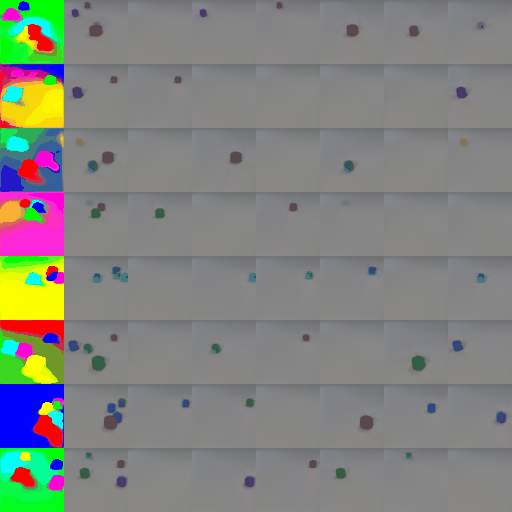Relational Neural Expectation Maximization: Unsupervised Discovery of Objects and their Interactions
Common-sense physical reasoning is an essential ingredient for any intelligent agent operating in the real-world. For example, it can be used to simulate the environment, or to infer the state of parts of the world that are currently unobserved. In order to match real-world conditions this causal knowledge must be learned without access to supervised data. To address this problem we present a novel method that learns to discover objects and model their physical interactions from raw visual images in a purely \emph{unsupervised} fashion. It incorporates prior knowledge about the compositional nature of human perception to factor interactions between object-pairs and learn efficiently. On videos of bouncing balls we show the superior modelling capabilities of our method compared to other unsupervised neural approaches that do not incorporate such prior knowledge. We demonstrate its ability to handle occlusion and show that it can extrapolate learned knowledge to scenes with different numbers of objects.
PDF Abstract ICLR 2018 PDF ICLR 2018 Abstract


 Arcade Learning Environment
Arcade Learning Environment